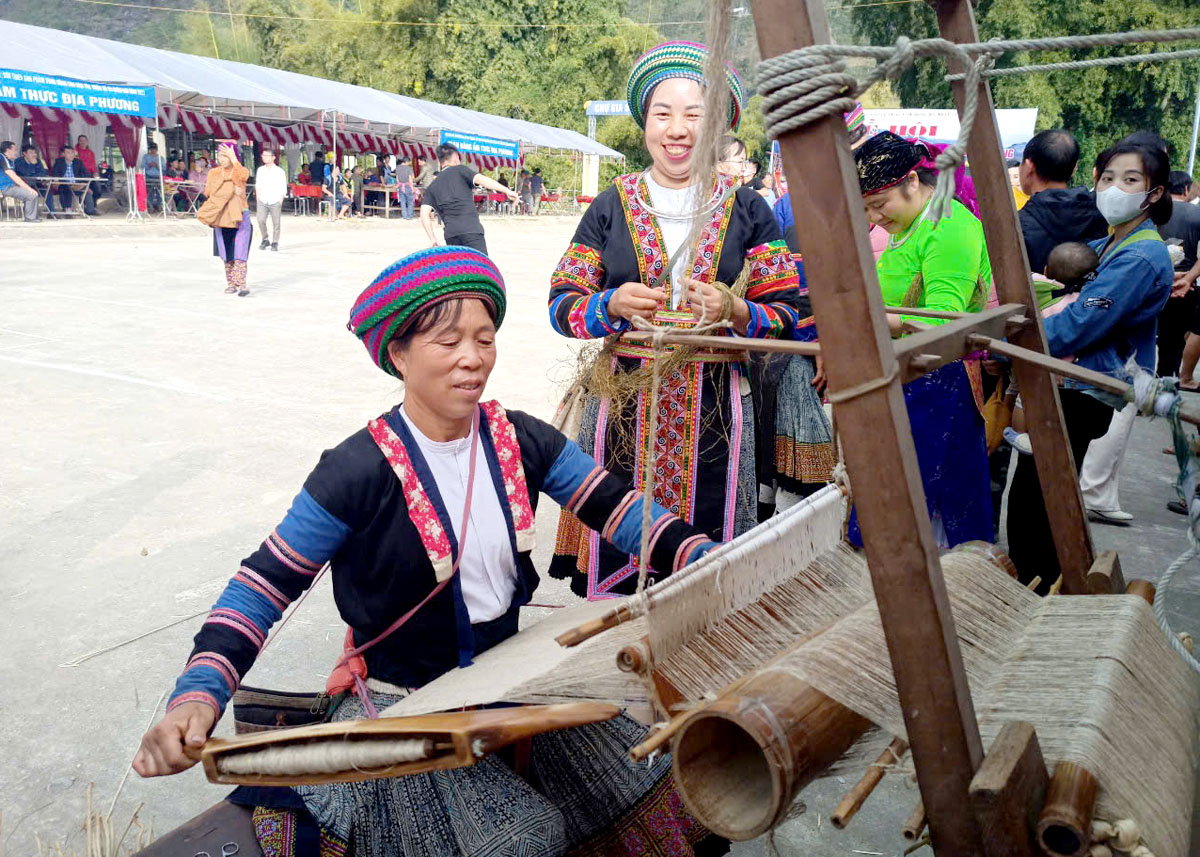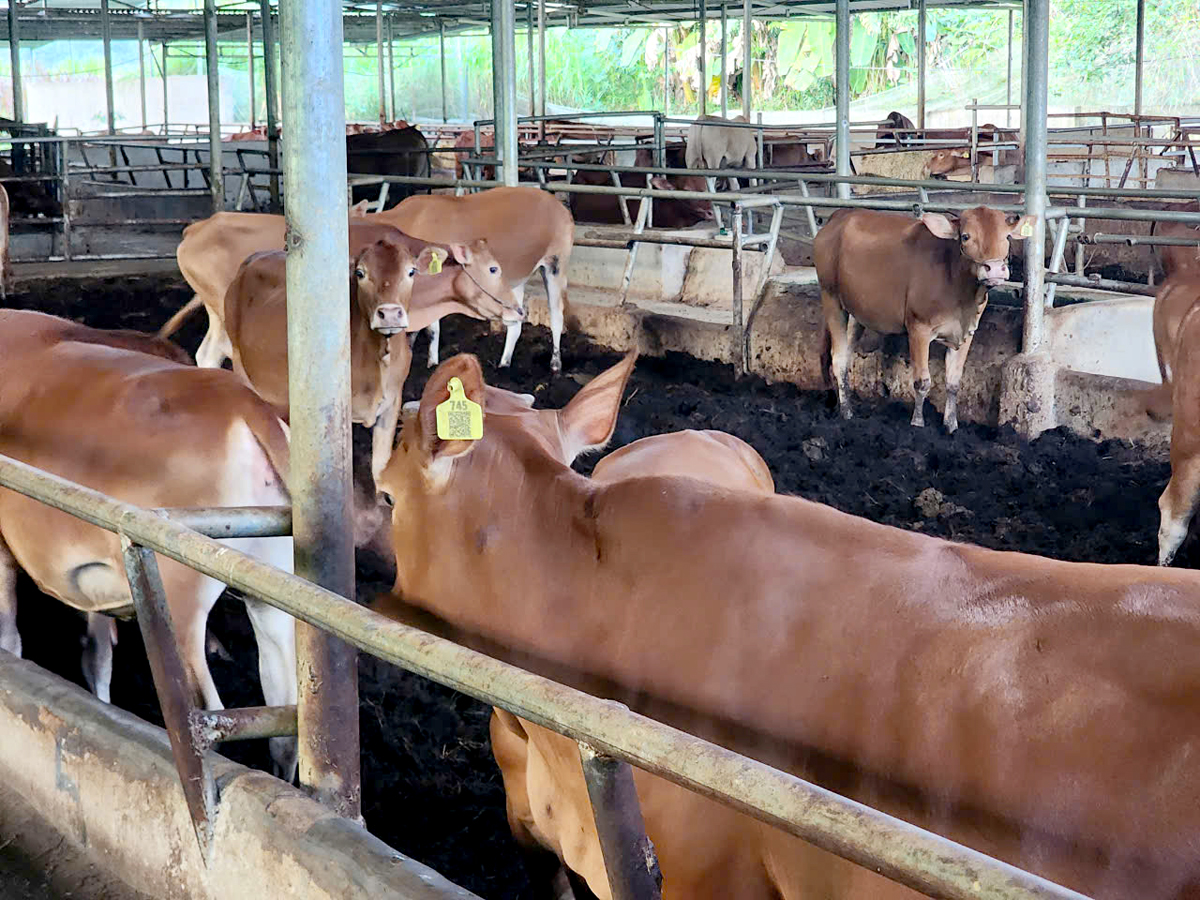Ha Giang improves quality and competitiveness of cooperatives
BHG - According to statistics as of the end of June 2024, Ha GiangProvince has 900 cooperatives with 11,166 members. Of which, 731 cooperatives are operating and 169 cooperatives have ceased operations.
Currently, there are about 450 effectively operating cooperatives, 84 of which are in the field of commodity production and processing, with 275 OCOP products meeting 3-star standards or higher.
The newly established cooperatives in 2024 are mainly concentrated in the field of production and provision of agricultural services in rural areas.The activities of cooperatives in the province play an important role in linking and supporting members in some stages of the production and business process.
 |
| The Can Ty Linen Weaving Cooperative (Quan Ba) strives to develop the traditional linen weaving profession. |
Currently, there are several effective operating models in the province, following the production method associated with the value chain and applying high technology. Notably, Tuan Dung Cooperative (Meo Vac) has linked with over 100 households to develop 2,200 bee colonies.All products of the people are consumed by the cooperative. As such, the cooperative has created more jobs and income, and increased production value.
Tuan Bang Tea Processing Cooperative, Na Chi Commune (Xin Man),is also proactively building the "Tuan Bang Tea" brand, label, and barcode for the Shan Tuyet green tea product.On that basis, the cooperative has signed a contract to support member households in planting techniques, caring, harvesting, and consuming all products.
 |
| Cat Ly Cooperative, ThuanHoa Commune (Vi Xuyen), applies digital technology to cattle breeding management. |
In addition, the agricultural cooperatives play an important role in orienting, supporting, and leading the economy of farming households, acting as a bridge connecting the production of farming households with processing and consuming enterprises of agricultural products, achieving high economic efficiency and increasing the added value and income of farmers by 1.5 - 2 times compared to conventional production methods.
Although there have been effective cooperative models, in general, cooperatives in the province are still small and micro-sized, with weak management and operation skills, experience, and knowledge of production organisation and business operations that do not meet the requirements; the ability to grasp information, markets and adapt to market changes is still slow.
To continue to strongly promote the cooperative development movement in the new period, departments, branches, and localities need to have mechanisms to help cooperatives access preferential policies and capital sources.
At the same time, it is necessary to promote the application of high technology in production and business and focus on consulting and supporting to improve the operational efficiency, competitiveness, brand building, and product designs of cooperatives.





READER COMMENTS